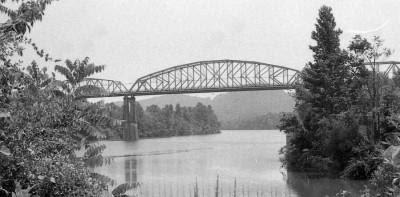Humans vs. African Painted Dogs, Who Will Win?
Welcome to the last unit of Population! This unit was 3 weeks and we covered a lot of information. We talked about symbiotic relationships, growth in populations, line graphs, arithmetic and geometric sequences, and Thomas Malthus. The guiding question for this action project , How does human population growth affect other populations? In order to approach this question, I will be comparing the African Painted Dogs to humans and see the difference in population growth. Symbiotic relationships are interactions between two organisms. There are 7 different types of symbiotic relationships. All organisms interact in different ways. Sometimes they benefit from one another for an example, Bees and flowers. Bees provide flowers with the mean to reproduce and flowers provide bees with nectar and pollen. Sometimes organisms compete against each other for an example, Tigers and Lions. Tigers and Lions could compete for the same prey. For this action project, we were asked to compare our organism's population to the human population and examine how the two organisms interact . My organism is the African Painted Dog. Unfortunately I couldn't really find a lot of information on the population of my organism. I did however did some math to find some. I made a graph representing the human population and the African Painted Dogs population. Below is a video of how humans and African Painted Dogs interact.
Graph of the population of African Painted Dog and Humans
Looking at this chart, I can determine that these numbers aren’t arithmetic, geometric, or constant sequences. This chart is actually not a sequence at all because it isn’t a permutation of numbers in a pattern. This chart isn’t a arithmetic sequence because isn’t a permutation of numbers that have and addition pattern. The chart isn’t geometric sequence because it isn’t a multiplication sequence. And finally it isn’t a constant sequence because the number of population doesn’t stay the same.
I really liked this action project. It is definitely my favorite one for this term. I liked how this action project really incorporated the art in STEAM. through out this term, I learned everything there is to know about African Painted Dogs, from their taxonomic levels to their population. It was cool to learn about the past, present, and future of this organism. I can now call myself an African Painted Dog expert!
Citations:
1. Tree Savanna Nature Africa Travel Landscape. Ronbd. Sept. 19, 2015.
2. African wild dog. Mathias Appel (7 February 2016, 11:01)
3. Graph: GR. Population Graph. (2018)
4. African wild dog (Lycaon pictus pictus), Tswalu Kalahari Reserve, South Africa. Charles J Sharp (3 November 2014, 06:42:51)
5. African wild dog (Lycaon pictus pictus), Tswalu Kalahari Reserve, South Africa. Charles J Sharp (3 November 2014, 06:40:34)
I really liked this action project. It is definitely my favorite one for this term. I liked how this action project really incorporated the art in STEAM. through out this term, I learned everything there is to know about African Painted Dogs, from their taxonomic levels to their population. It was cool to learn about the past, present, and future of this organism. I can now call myself an African Painted Dog expert!
Citations:
1. Tree Savanna Nature Africa Travel Landscape. Ronbd. Sept. 19, 2015.
2. African wild dog. Mathias Appel (7 February 2016, 11:01)
3. Graph: GR. Population Graph. (2018)
4. African wild dog (Lycaon pictus pictus), Tswalu Kalahari Reserve, South Africa. Charles J Sharp (3 November 2014, 06:42:51)
5. African wild dog (Lycaon pictus pictus), Tswalu Kalahari Reserve, South Africa. Charles J Sharp (3 November 2014, 06:40:34)


Comments
Post a Comment